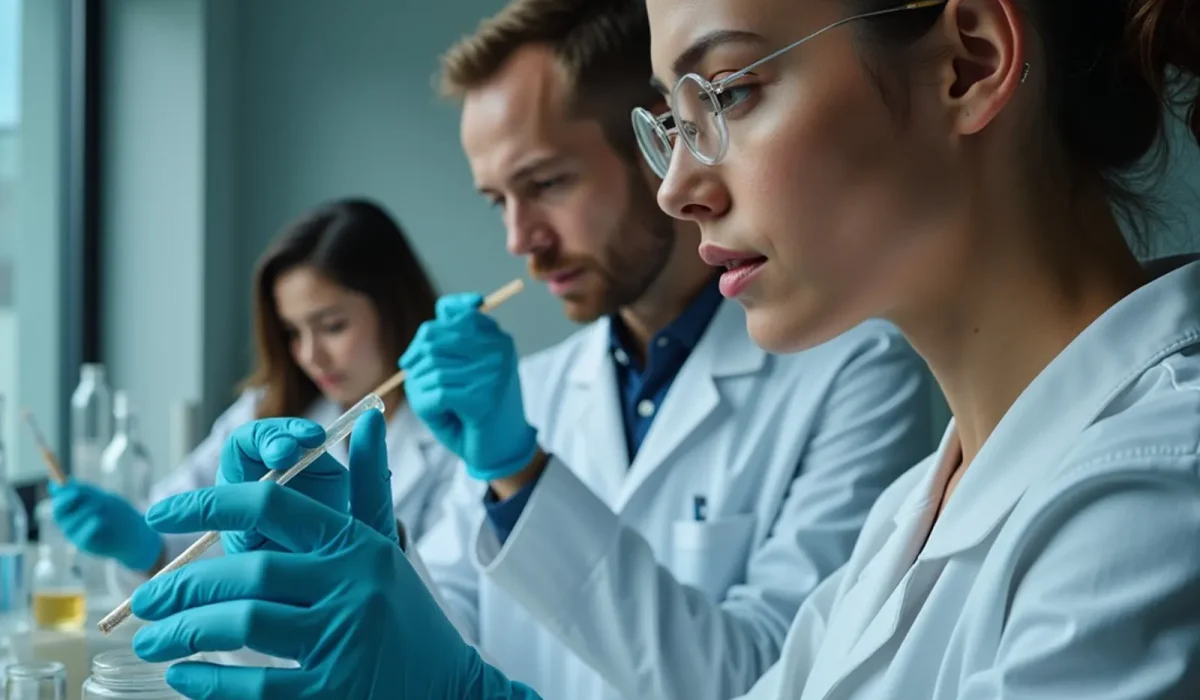Hypochlorous Acid (HOCl) : A Brief History

The History of Hypochlorous Acid: Nature’s Gentle Cleanser
Long before hypochlorous acid (HOCl) became a trending ingredient in modern skincare, it had a well-established history in science and health.
A Discovery Rooted in Science
Hypochlorous acid was first identified in 1834 by French chemist Antoine Jérôme Balard, who is also known for discovering bromine. HOCl was recognized for its ability to act as a disinfectant, and researchers quickly became interested in its broader uses.1
A Natural Part of the Human Body
HOCl is not just a lab discovery, it’s something our bodies produce naturally. When the immune system detects harmful invaders, white blood cells (specifically neutrophils) release HOCl to help neutralize bacteria and support healing. This process is part of what’s known as the oxidative burst.2 This natural origin is one of the reasons HOCl is so well tolerated in topical skincare products today.
Use in Medical and Industrial Settings
By the early 20th century, HOCl had gained attention for its disinfecting power. It was used in hospitals, food sanitation, and water treatment. Its broad application was largely due to its ability to clean effectively without the harshness of more aggressive chemicals.3
During World War I, HOCl solutions were even explored for wound care, although the technology of the time made it difficult to produce stable solutions for consistent use.4
A Breakthrough in Stability
For decades, the challenge with HOCl was its instability—it would break down quickly and lose effectiveness. However, advancements in electrochemical technology in the late 20th and early 21st centuries finally allowed for stable, bottled versions of HOCl to be produced at skin-friendly pH levels. This opened the door to cosmetic and dermatological uses.5
Modern-Day Skincare
Today, HOCl is celebrated in skincare for its gentle cleansing and refreshing properties. It’s suitable for all skin types and can be used to support skin comfort and cleanliness as part of a regular routine.
At Exclusivité Spa, we use HOCl in our products for its clean, natural profile and skin-friendly benefits, offering modern care rooted in timeless science.
Footnotes
Balard, A.J. (1834). Annales de Chimie et de Physique, Vol. 55. ↩
Winterbourn, C.C. (2008). “Reconciling the chemistry and biology of reactive oxygen species.” Nat. Chem. Biol. https://www.nature.com/articles/nchembio.121 ↩
Block, S.S. (2001). Disinfection, Sterilization, and Preservation, 5th Edition. Lippincott Williams & Wilkins. ↩
B. Seymour et al. (1916). “Antiseptic Wound Treatment in Warfare.” British Medical Journal, 2(2921), 603–606. ↩
McDonnell, G., & Russell, A.D. (1999). “Antiseptics and Disinfectants: Activity, Action, and Resistance.” Clin Microbiol Rev, 12(1), 147–179. https://www.ncbi.nlm.nih.gov/pmc/articles/PMC88911 ↩
